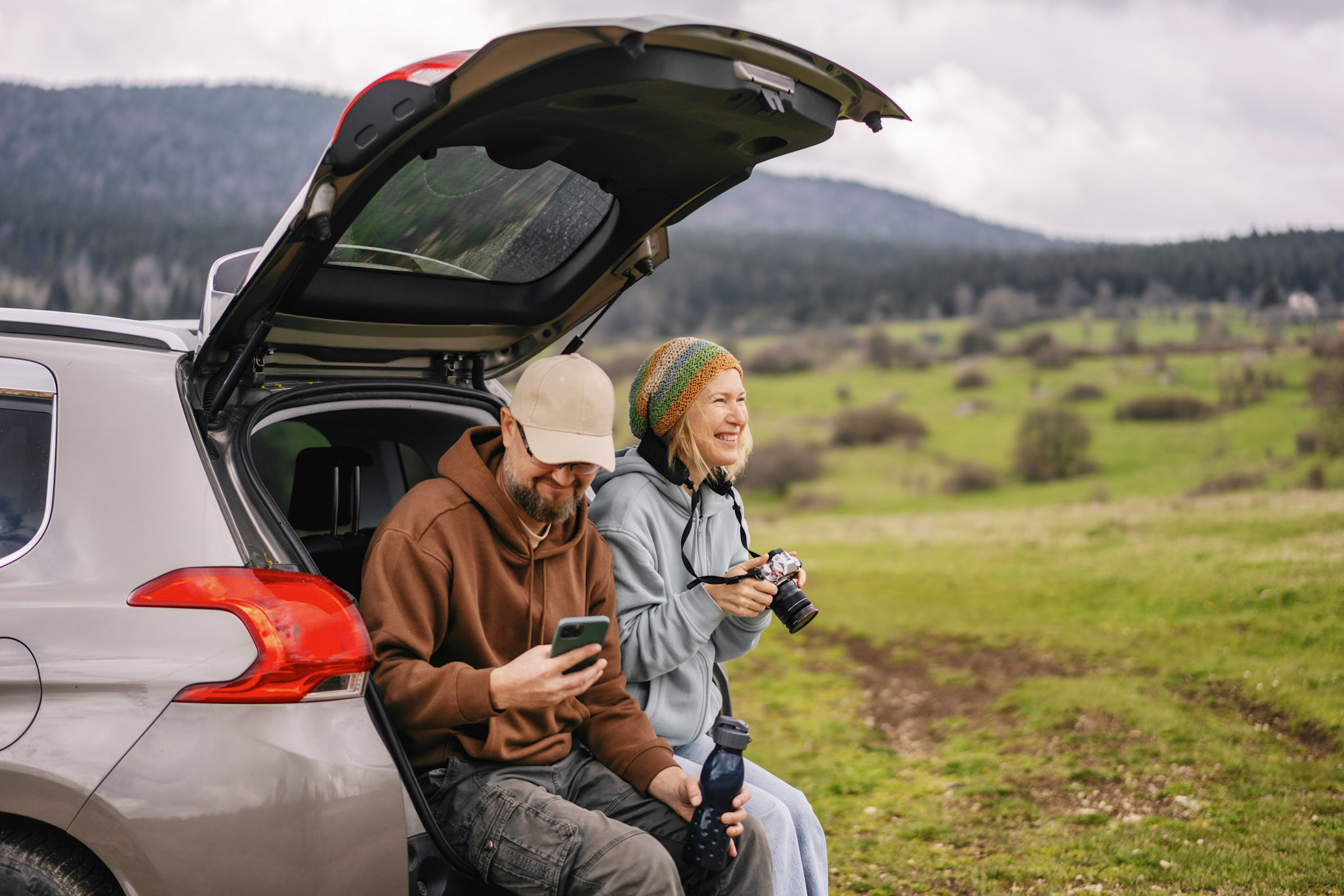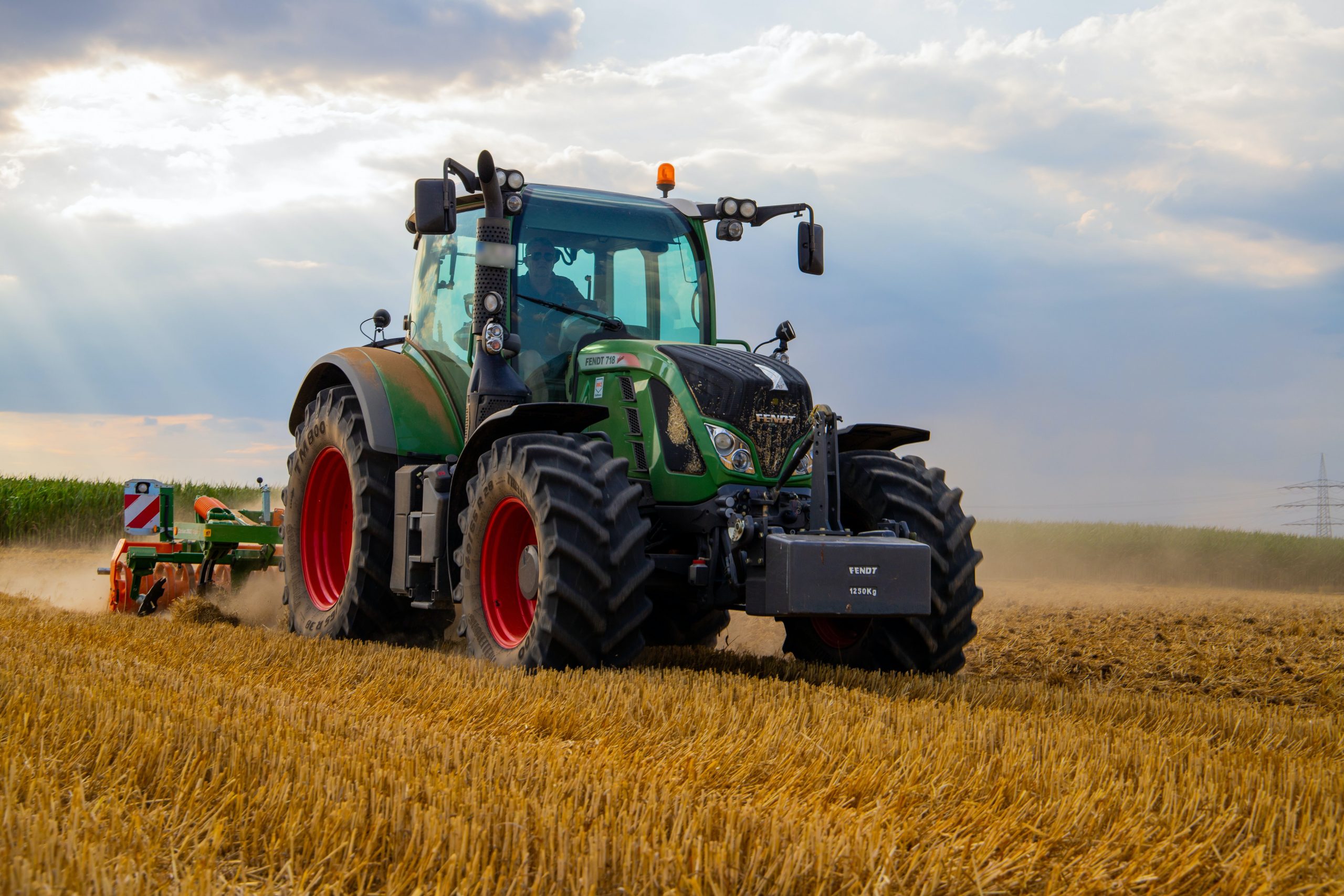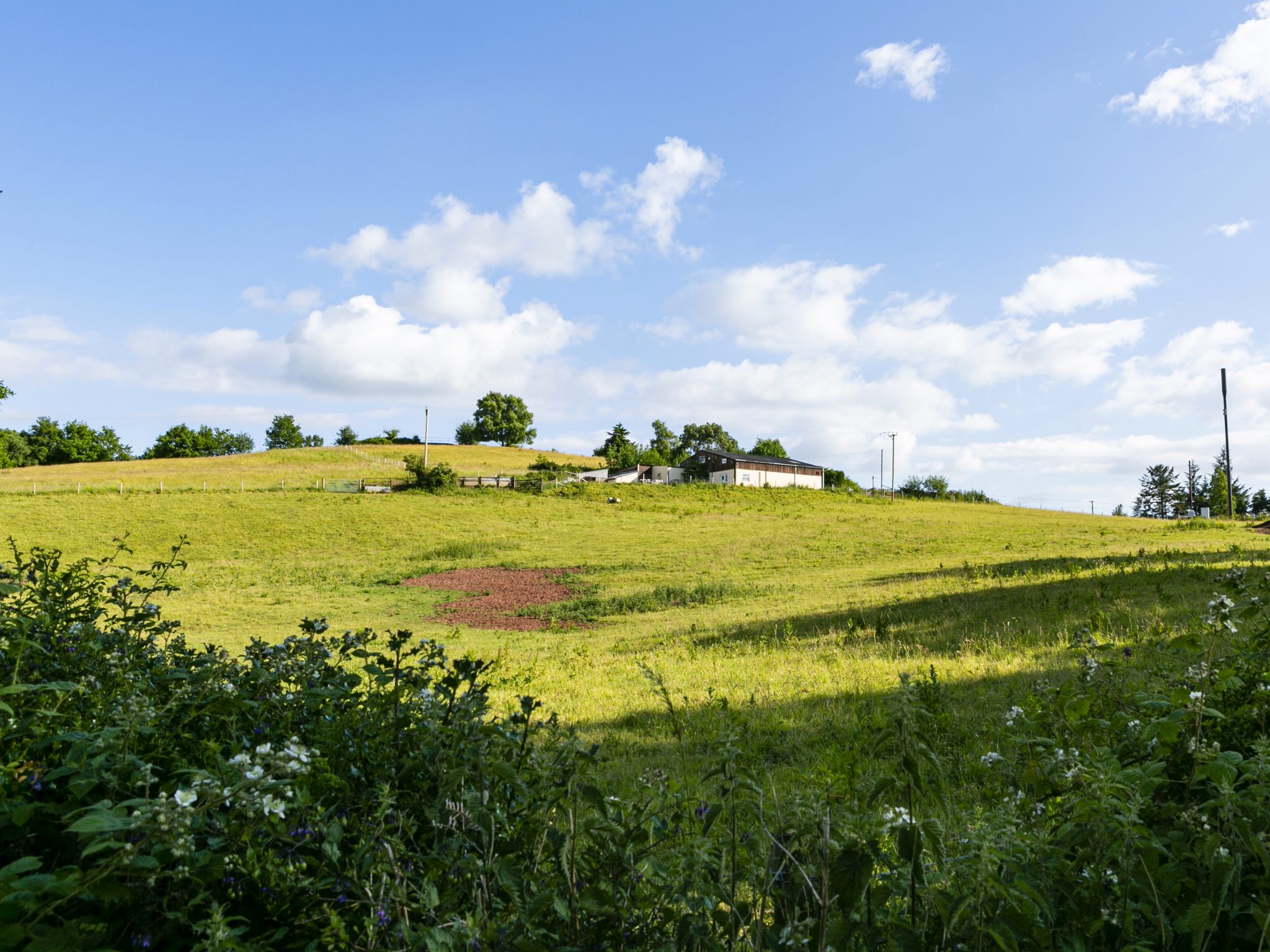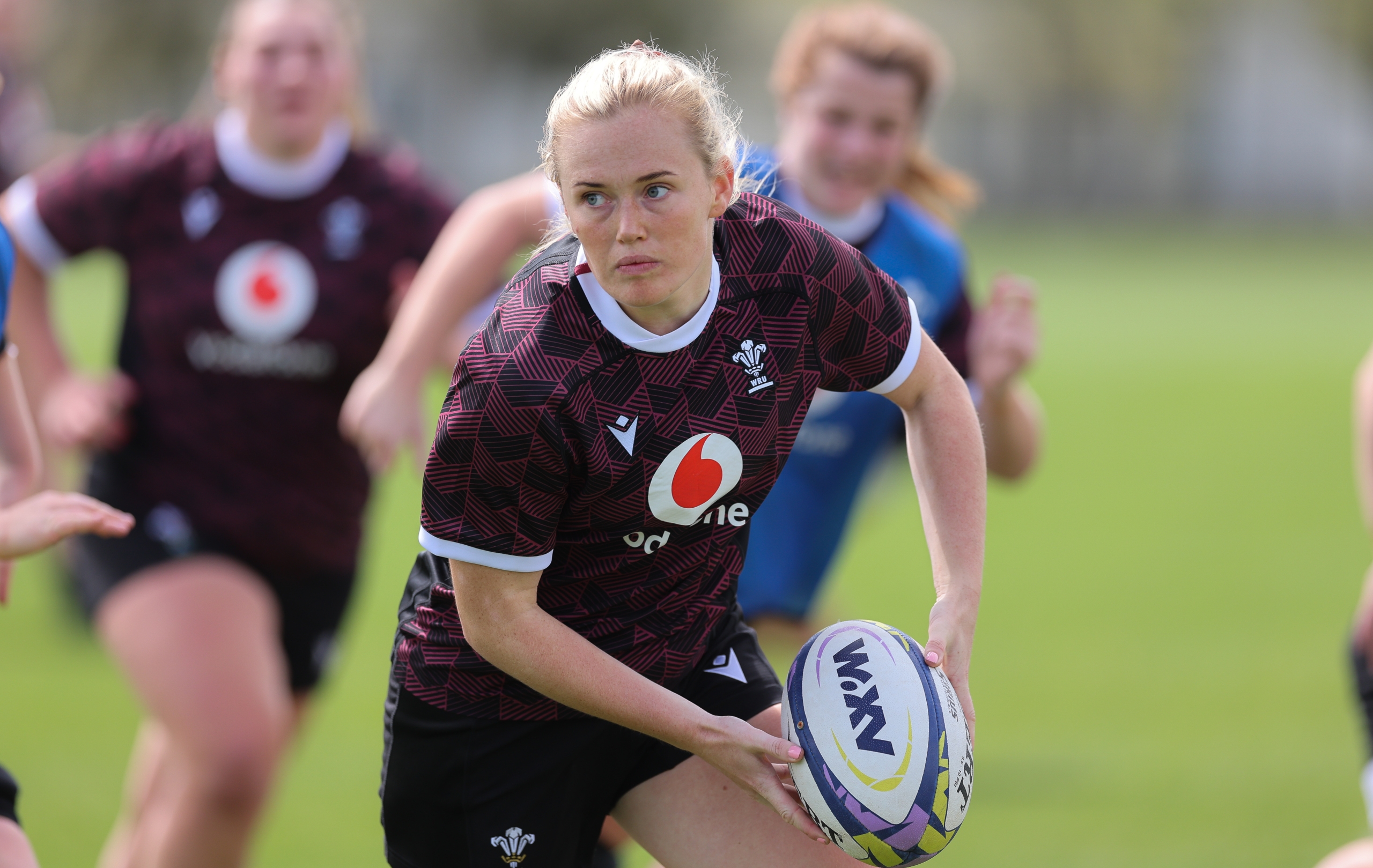Vodafone has been named London’s Best Network, but that doesn’t mean – and has never meant – that the company ignores the needs of its rural customers. Andrea Dona, Vodafone UK’s Chief Network Officer, takes stock of the company’s countryside initiatives.
In February 2025, we celebrated being named London’s Best Network by NET CHECK for a second year running. This was fantastic news and testament to my team, and the hard work they do in continuously improving our network across the capital to deliver the best service we can for our customers. However, London – and the other cities, towns and urban locations across the UK for that matter – are just one part of our network investment story. We never lose sight of our customers in rural communities either. In fact, through our recent modernisation programme, we’ve been continuously strengthening 4G and 5G services across both urban and rural locations.
The Shared Rural Network (SRN) programme continues to be an extremely important part of our rural network investment strategy. The programme was innovative – the first of its kind anywhere in the world – where Government and operators came together to increase 4G coverage in rural areas. And to date, over 425 rural communities and locations across the UK are receiving Vodafone 4G signal since we switched on the very first SRN site in June 2020. In all, through the SRN programme, Vodafone 4G now covers an extra 169,000 rural premises. That’s more premises than there are in a city the size of Plymouth. It also covers an extra 12,000 km (over 7,400 miles) of rural roads – enough to drive from Land’s End to John O’Groats and back again nearly five times. I’m extremely proud we were an early adopter of this groundbreaking programme and remain absolutely committed to delivering on our obligations.
Vodafone meets Partial Not Spot target as part of Shared Rural Network programme
Through the SRN programme, Vodafone has successfully introduced 4G to more than 400 rural locations.
Delivering coverage to rural locations isn’t always easy to deliver; site agreements and planning tends to take longer; getting power and backhaul connection to sites can be more difficult and complicated than anyone anticipated; and overall cost can be difficult to justify when there’s a limited or lengthy return on investment.
However, I’ve always been clear that a rural postcode should not be a barrier to connectivity. Which is why we adopt alternative solutions to the traditional mast. This search has led to ‘small cells’ which are now delivering coverage in some rural locations by using buildings such as church towers, shops on historic high streets, national park visitor centres and pubs. Meanwhile, at temporary events, ranging from Glastonbury Festival to local agricultural shows, we use our fleet – or should I say herd – of COWs or ‘Cells on Wheels’ . These are basically masts placed on the back of trailers.
And that quest for innovative solutions to deliver rural connectivity recently took a giant leap. In January 2025, engineers in Vodafone Group successfully made the world’s first space video call using a normal 4G/5G smartphone in a total coverage not-spot in Wales. The pilot used an AST SpaceMobile satellite, the only satellite technology of its kind built to offer a full mobile broadband experience. The future deployment of such technology could pave the way for universal digital connectivity and the closure of mobile coverage gaps. This is truly game changing and the wider Vodafone team is now working towards a potential commercial launch of the service in the future.
Direct-to-smartphone satellite service: everything you need to know
In a historic first, Vodafone has made the first-ever video call over satellite from an area with no terrestrial mobile coverage. Here’s how it works and what it means for you.
Another game changer is our merger with Three UK. In November 2023, we revealed that close to a million (838,000) people living in rural communities could benefit from access to 5G Standalone as part of the merger. Not only will the merger result in over 95% 4G geographic coverage by 2027 – exceeding the Government’s Shared Rural Network target – we will then go further by upgrading our network to have over 95% 5G Standalone geographic coverage by 2030, moving to 99% by 2034.
In turn, the increased pace of 5G SA rollout could lead to opportunities for rural communities to use truly transformative tech. In health, care providers could pre-empt and better react to emergencies in hard-to-reach areas or quickly deliver medicines by drone. Farms could use 5G-enabled sensors to support higher yields and better crop quality. Meanwhile, education could be revolutionised by the introduction of virtual classrooms, offering distance learning and specialist qualifications opportunities. In short, the merger can help close the digital divide by supplying the technology tools to ensure no one – or location – gets left behind.
Innovation in connectivity continues to be as important as ever – not only to ensure our rural customers have the coverage they expect, but to also ensure they have the same life-improving tools as everyone else. Here at Vodafone, we continue to work hard to find connectivity solutions. As a result, everyone benefits – whatever their postcode.
Stay up to date with the latest news from Vodafone by following us on LinkedIn and Twitter/X, as well as signing up for News Centre website notifications.
Mobile phone masts: Everything you need to know
Finding suitable sites, securing planning permission, and building mobile phone masts is more of a tricky and time-consuming business than you may have realised. Our Q&A explains why.
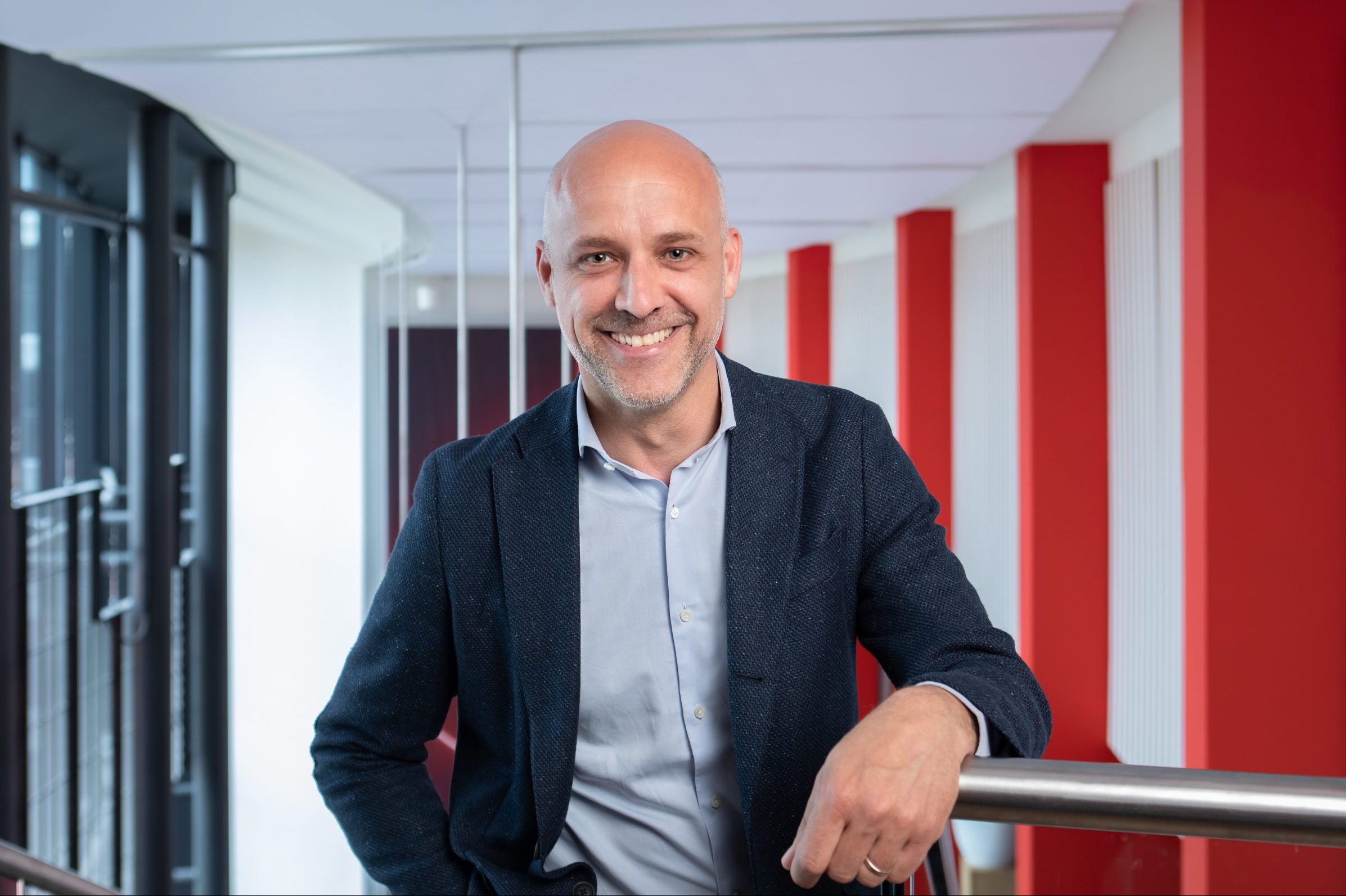

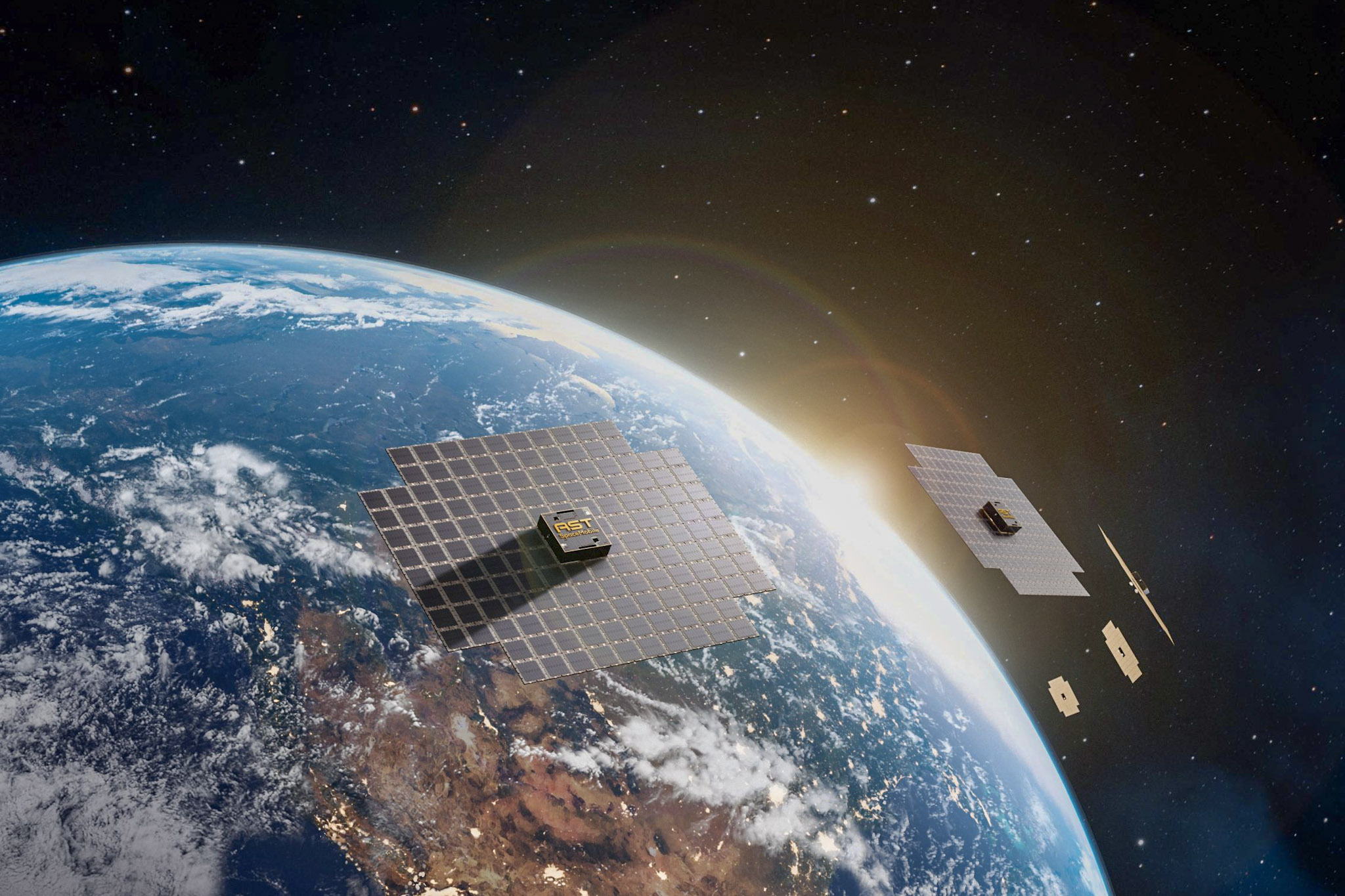

![stock image of a refuse collector and a wheelie bin in front of a bin lorry [Adobe Stock] stock image of a refuse collector and a wheelie bin in front of a bin lorry](https://www.vodafone.co.uk/newscentre/app/uploads/2024/07/Garbage-Removal-Man-Adobe-Stock.jpg)
![DJI_0058[OPTIMISED]](https://www.vodafone.co.uk/newscentre/app/uploads/2024/07/DJI_0058OPTIMISED.jpg)
